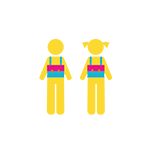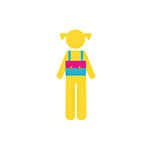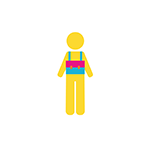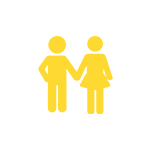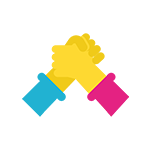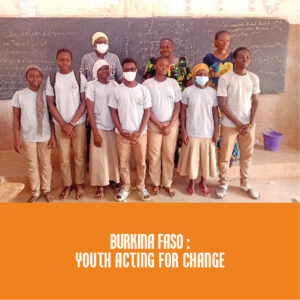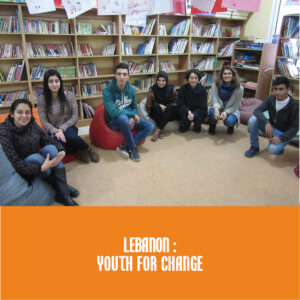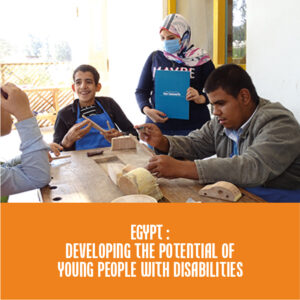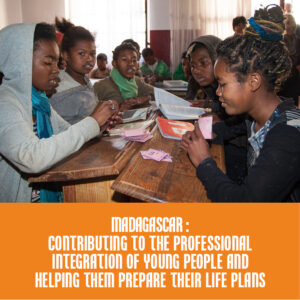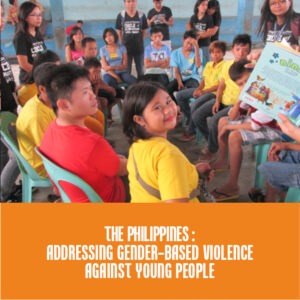Youth carries within it the future and a focus on new challenges. Currently, 1/4 of the world’s population is under 24 years old, but 90% of 10-24 year olds live in developing countries. Among them, 630 million 15-24 year olds are unemployed* and do not have education nor training, which leads to situations of vulnerability, instability and great inequality. The rates are higher for youth with disabilities or refugee status. The rates are also higher for girls, since 132 million girls worldwide are not in school** due to being female.
The 5 countries of intervention where Asmae operates internationally have low human development indices (HDI). Young people are weakened, generation after generation, which jeopardises social cohesion and hinders their country’s socio-economic development.
To help break the repetitive patterns of poverty, Asmae is tackling these issues through “Youth for Change”, a large-scale new programme whose first stage will take place over the next 3 years.


